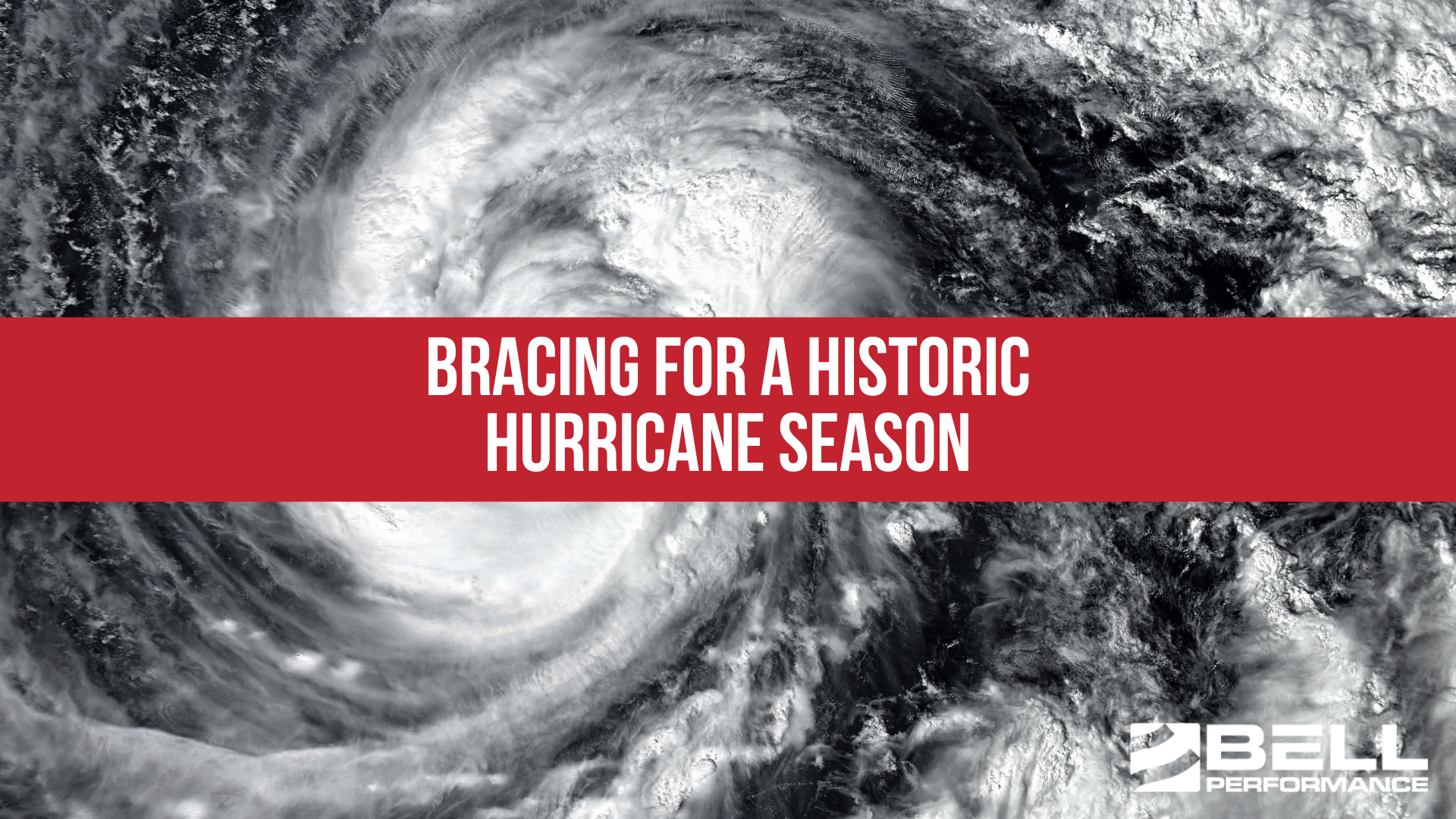Understanding Flash Point: Ensuring Fuel Safety and Performance
Fuel management is a critical aspect of various industries, including transportation, construction, and agriculture. To ensure optimal performance...

 With the advance of vehicle technology, trucks (and cars) are safer than ever before. This shifts the burden of responsibility for safety on to the driver and driving behavior. If you're involved in fleet adminstration, this shift means the burden is also falling upon you.
With the advance of vehicle technology, trucks (and cars) are safer than ever before. This shifts the burden of responsibility for safety on to the driver and driving behavior. If you're involved in fleet adminstration, this shift means the burden is also falling upon you.
If your fleet or company doesn't already have a comprehensive safety program in place, now might be a good time to consider it. Or if your program isn't all that you'd like it to be, you might be up for a few suggestions to start fine-tuning it.
Every little bit counts. So here are nine steps you need to consider while putting together or tweaking the fleet safety program that's going to save you and your fleet money.
The more top management show their support for any initiative that seeks to change behaviors, the greater the chance that change will successfully happen. Seeing the top management supporting safety initiatives tells everyone on down that this is an important priority for the company. It may imply to them that their continued employment rests upon being in line with the new priorities of the company - safety.
A good idea to help make this happen is to form a starting safety committee. Get representatives from all of the important departments including sales and HR. Don't forget the drivers. Look at what's already in place, what's already enforced, and what gaps need to be filled.
Everyone works better when they have defined goals and expectations. Safety is not exempt from this. If you want drivers to buy in, support and implement whatever new safety requirements your team comes up with, first, get them involved in the development. Then have driver agreements that define the most important expectations of them. These agreements should outline what constitutes a good or acceptable driving record under the new policy, and should also define negative consequences for not meeting the standards.
The ace in the hole when confronted with drivers who won't go along with safety recommendations is the precedent that employers may be held liable for the actions of the drivers. Most reasonable drivers can pretty easily see why this is ample justification for new policies that seek to change employee behavior for the better.
People respect what you inspect. That's an old line Chet Holmes uses in some of his sales books and it most definitely applies here. Screening for fleet drivers means pulling Motor Vehicle Reports (MVR); monitoring means inspecting the MVRs for indicators of poor driving behavior, as well as taking advantage of other tools available in this field, such as telematics software. Pull together data and metrics on driving behaviors. It will tell you how they are doing, plus you have the added benefit that people always straighten up and pay a little more attention to what they're doing when they know it's going on the record.
Any safety program you have should feature negative consequences and "disincentives" for driver behaviors that violates the policy. Sound (and visible) consequences for policy violations need to be swift and certain. But you also need to provide incentives for people who really are doing a good job of buying into and sticking to the requirements of your policy. Even if it's a little public recognition, the good drivers in your group will appreciate that. A good policy should do a good job of building up and reinforcing the good behaviors
One of your policy goals is, of course, to cut down on driver accidents. But those will eventually happen. When they do, make it a policy to learn everything you can from them. Use what you find to improve policies and further change behaviors so that the next accident will be even further down the line than the last one.
Most people like to know how they are doing. In fact, one of the key indicators of job satisfaction in any field is good feedback and input on job performance. For drivers, give them access to their driving history and their risk rating. It will show them areas they can improve at. If they're getting close to triggering something they don't want to happen, they will improve their performance and change their behaviors. This works even better than the best edicts from the top on safety.
Do annual training on the safety policy to make sure drivers get the message and know what's expected in all areas. Reinforce this training on a regular basis in multiple ways. Continual reinforcement fosters the image that safety is important to your company. Because it is, right?
Have the appropriate supervisors or managers do an annual ride along with every drivers. There's tons of value in this. Your drivers will respect when they know they're going to be inspected personally like that. Once it's done, give feedback in the form of evaluations that are communicated to the drivers. Point out what they need to improve upon. Point out what they did right, just as much.
Yet another way of restating that you need to let people know how they are doing. In this case, give public reports on the overall condition of the fleet with respect to safety and the behaviors being monitored. People like to buy into things on a corporate level. That's what team contests often work. So let your team know what their record is. And do it regularly, with context. If things are getting better, send a shoutout of congratulations. If they're not, don't go around busting heads, but make it clear the areas that the team needs to improve. If you have 2 drivers doing an awesome job and 8 drivers doing terrible, be sure to let the 2 drivers know how well they are doing, so they will continue their excellent job.

Fuel management is a critical aspect of various industries, including transportation, construction, and agriculture. To ensure optimal performance...

It's that time of year, when the national agencies issue their predictions for the upcoming Atlantic Hurricane Season (and update any predictions...
The sustainability drum has a lot more businesses marching to it these days. The concept of "sustainability" is all about encouraging business...